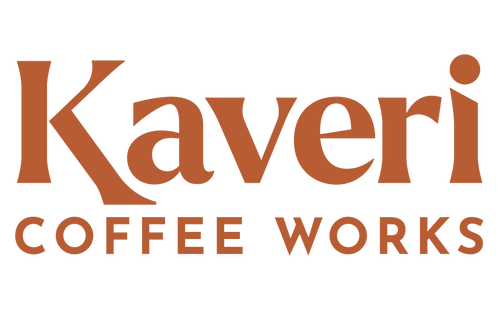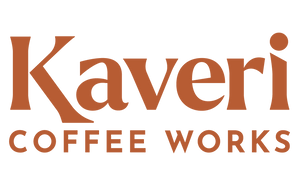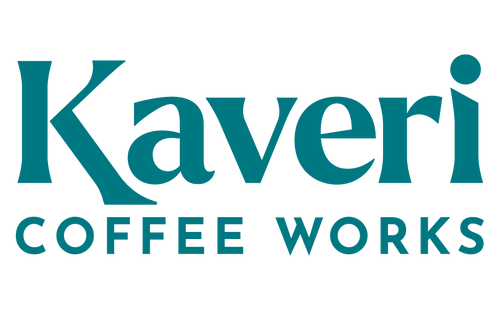If you look up the internet right now for a beginner’s guide to brewing coffee at home, you will find at least a dozen; some simple and straightforward, and some pretty technical. Popular culture also plays a large role in what these guides aim to portray. Notions about how coffee ‘should’ be consumed, how it ‘should’ taste, and perhaps how instagram worthy your cup ‘should’ look, heavily influence most of these guides. And here we are with yet another one! We’re going to keep it simple though - minus the fluff so that you can decide what works best for you.
We’ve always believed that every person’s relationship with their cup of coffee is a deeply personal one. The time of day it’s consumed, the way it is consumed, the type of roast they prefer, their preferred brewing method - the list goes on. Keeping that in mind and the fact that if you’re reading this you are probably a first time brewer, we’re going to give you just the basics that you can then build on - because at the end of the day, the perfect cup of coffee is the cup that YOU love.
There are a few rules that you need to keep in mind while brewing a good cup of coffee - freshness, grind, proportions and water. Before we go there though, here’s a question for you - how do you like your coffee? If you are considering brewing your own coffee you probably already have a coffee shop favorite. The next time you get your cup to go, chat up the barista. Figure out the kind of coffee they use for your cup - especially the type of roast. The idea here is not to replicate the beautiful latte art that comes with your cup - it is to figure out the flavors and strength of coffee you enjoy. Some roasters, like us, also offer taster sets so that you can sample the different kinds before settling on one that you like.
Setting up at home
We suggest starting off with a fairly simple brewing method. All brewing methods fall into 1 of 2 categories - Espresso OR Filter (immersion and Percolation). This blog talks about filter brewing as it doesn’t require a large apparatus or barista skills. This way you can find a place to store it away if you don’t intend on using it every day. Espresso brewing is a whole other art form. We'll get to that in another guide.
Here’s a quick guide to the different brewing methods and the kind of cup you can expect from them to help you make the right purchase.

Buying the coffee - freshness and grind
We are consciously choosing not to recommend buying a burr grinder right at the beginning of your brewing journey for a couple of reasons. Fresh and custom ground coffee is easily available from many high quality coffee roasters (check out our options) and you may not use it enough or at all to justify the expense. Once you know how you like to brew your perfect cup, then get a good quality burr grinder to suit your needs. In the beginning, choose a roaster (like us) who can supply you with fresh ground coffee matching your needs on a regular basis. You’ll find a quick guide to the type of grinds here.
You’ve also probably heard that ground coffee goes stale really quick. Well, we say that depends on how you look after it. We’ve got you covered there too. Here are some suggestions to keep your ground coffee fresh.
Proportion
Proportions are important when it comes to a good cup of coffee. Yes, personal taste varies, and some like it stronger and others not so much, however, a recommended proportion is a good place to start. You can always work up or down from there. We generally recommend a 1:16 brew ratio. This means for 10 g of ground coffee you will use 160 ml of water (2 tbsp coffee to 6 fl oz water). You can tweak your brew from this point on.
Water
Coffee is 98% water so yes, you should pay attention to the quality of water. Let’s simply say this - fresh, clean tasting water that is free of impurities is your best bet. If you use tap water, run it through a regular filter - like a Brita one. If you use store bought water, use ‘spring water’ rather than ‘drinking water’ and definitely DO NOT use distilled water. The ideal water temperature to extract the full flavor of the coffee is between 195 - 205 F (water that has come to a boil and cooled for 30s before use).
And, that’s all there is to it. Go on, order your first bag of coffee (from us) and get brewing. We will continue to keep you updated with guides to specific brew methods, but in the meantime, feel free to send us your comments or questions as you try different things. We love to share in the learning process!




